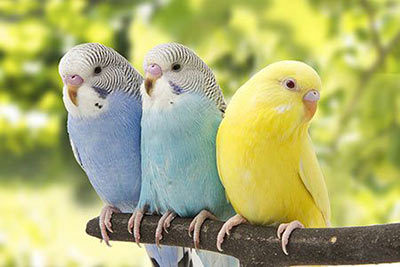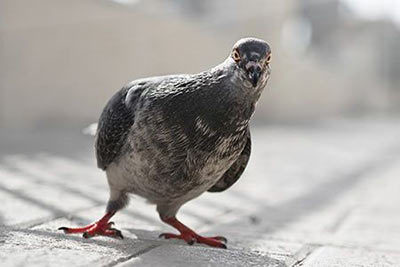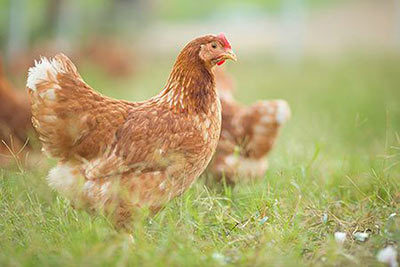Barn Owl
Barn Owl Facts
| Size | 10-20 in (25-50 cm) |
| Speed | Up to 50 mph (80 km/h) |
| Weight | 0.5-1.6 lb (250-700 g) |
| Lifespan | 5-12 years |
| Food | Small mammals, fish, birds |
| Predators | Foxes, raccoons, wild dogs |
| Habitat | Worldwide (except rainforests and deserts) |
| Order | Owls |
| Family | Barn owls |
| Scientific name | Tyto alba |
| Characteristics | Heart-shaped face |
Main Characteristics
The barn owl has a rather light plumage and a distinctive heart-shaped face. It is a nocturnal solitary animal and the most prevalent of all owl species in the world. Only in cold regions such as the Antarctic it cannot be found.
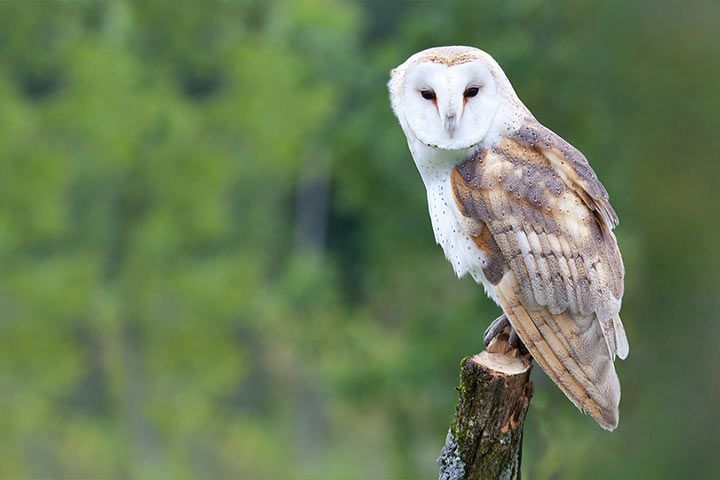
Anatomy and Appearance
The barn owl is about as big as a small cat, but does not weigh more than 0.5 to 1.6 pounds (250-700 grams).
Senses and Abilities
Noiseless Flight
Many birds can be heard before you even see them – such as doves. How do barn owls manage not to make the slightest noise when flying? Let’s start with the basics: When a bird is flapping its wings, it produces air turbulences that can be perceived by your ears. The trick is to cause less air turbulences. The barn owl has three anatomical characteristics to make this possible:
- 1. The surface of its wings is extremely soft - like a fluffy carpet that swallows any noise.
- 2. The flight feathers are slightly frayed at the edges and have the same effect as a shock absorber.
- 3. The front edge of the wings is not smooth but toothed like a comb.
This is very exciting for scientists, because these findings help to improve our lives, too. They enable us to construct quieter airplanes or wind power plants for instance. The emulation of “tricks” from nature is called bionics, by the way.
Try this:
Use your open hand to fan yourself some air – preferably right next to your ear. Can you hear something? It’s the noise caused by the air turbulences. Not loud, but perceivable. Or: Have you ever walked through an empty room? Everything sounds louder there! The more things are in the room, e.g. carpets, the less noisy it gets.
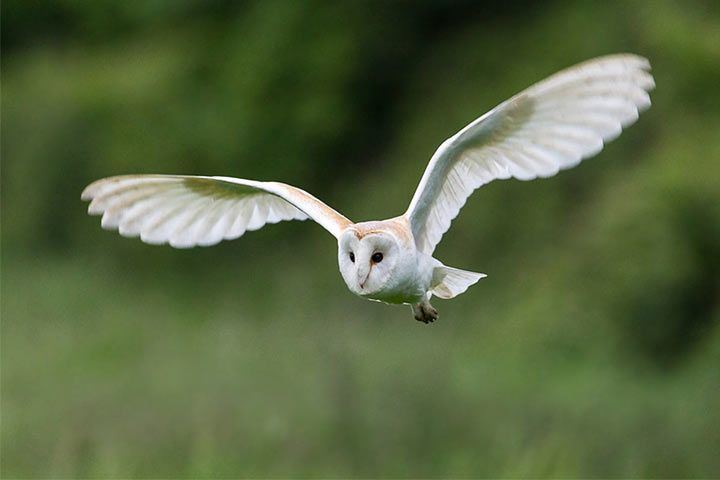
Sense of Hearing
The barn owl has good eyesight, but its sense of hearing is much better. It can find its way easily even in complete darkness because it has got “asymmetrical” ears. One ear is placed slightly higher than the other. This enables the owl to better locate the direction where a sound is coming from. The lower ear checks the ground and the other one listens to what is going on “up there”. The owl’s face, which has the shape of a flat bowl, also helps to focus any noise. Even the quietest sounds.
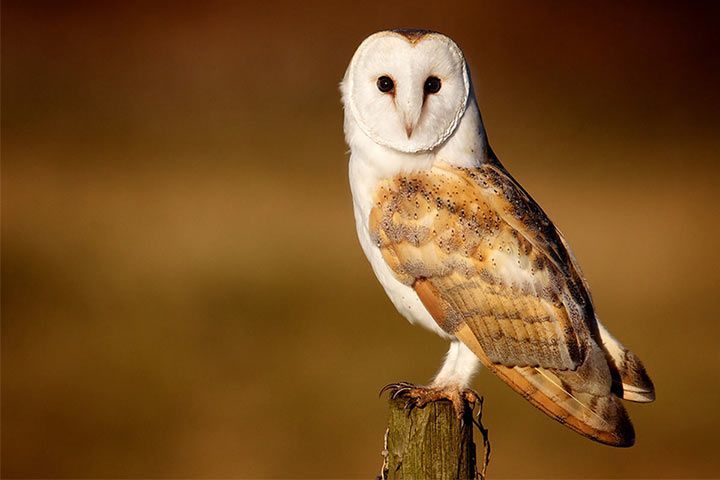
Behavior
They Are Ambush Predators
Most predator birds are circling in the air to detect their prey. Barn owls like to sit on fences or poles to quietly keep an eye on the surroundings. As soon as they discover small prey they glide over the ground and grab it with their feet.
They Are Better Hunters Than Cats
Farmers love barn owls – they are better than any mouse trap or rat poison. Not even a cat can catch as many mice as the barn owl. In relation to its weight it gulps down twice as much food as other owls. It devours 1,500 to 3,000 mice per year!
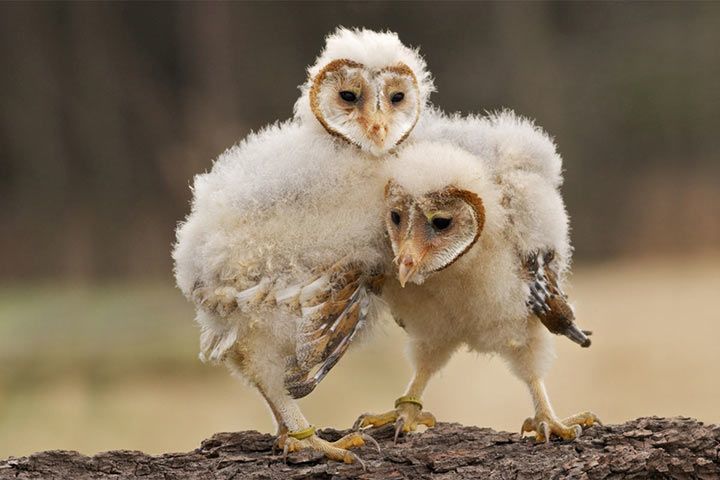
Reproduction
Where do barn owls nest? Barn owls do not build their own nests and do not like to nest in tree holes or rock crevices. They love to nest in church towers and barns.
- Find Out More:
- Animals With an Amazing Sense of Hearing
- Watch Now on animalfunfacts.net:
 All About Animal Senses
All About Animal Senses















